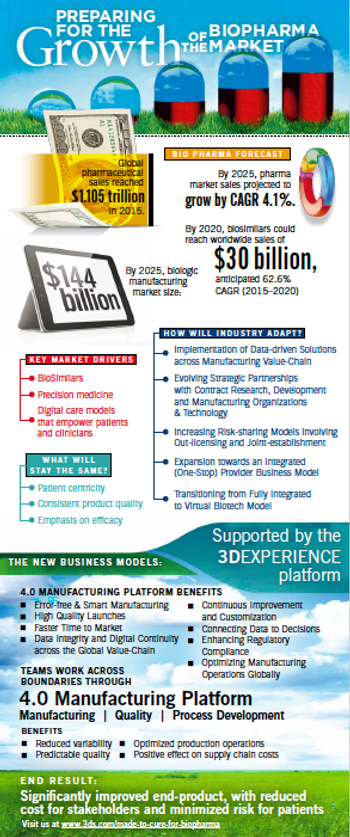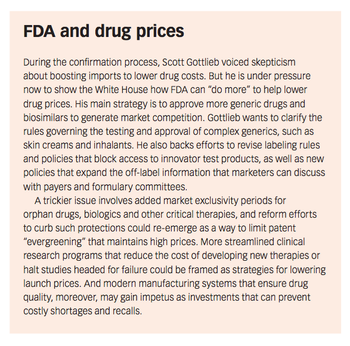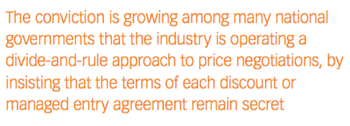
All News


New survey ranks the reputation of individual pharmaceutical companies.



Exploring the importance of a customer experience strategy (CXM) through a case study of a life science tools company.

New legislation, administration priorities raise multiple challenges for new commissioner.

The recent EFPIA and EU health council conferences highlight the growing divisions-and resentments-between industry and governments in Europe.

Click the title above to open the Pharmaceutical Executive June 2017 issue in an interactive PDF format.











Among those honored at HBA’s Women of the Year awards luncheon, Bahija Jallal’s story is one of courage and resilience.








Grant-boosted Euripid pushes revitalized defense of external reference pricing system.

Click the title above to open the Pharmaceutical Executive May 2017 issue in an interactive PDF format.

